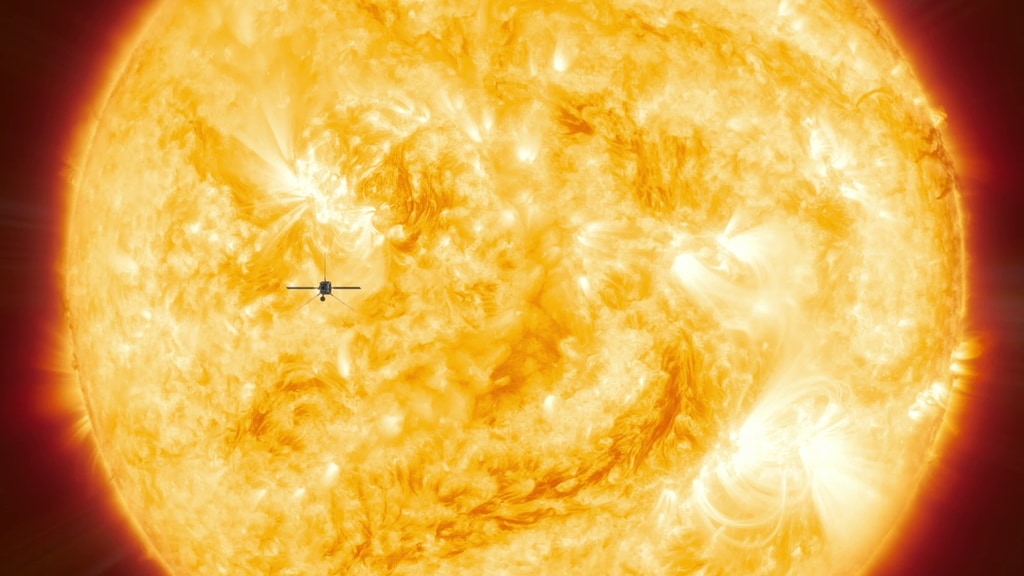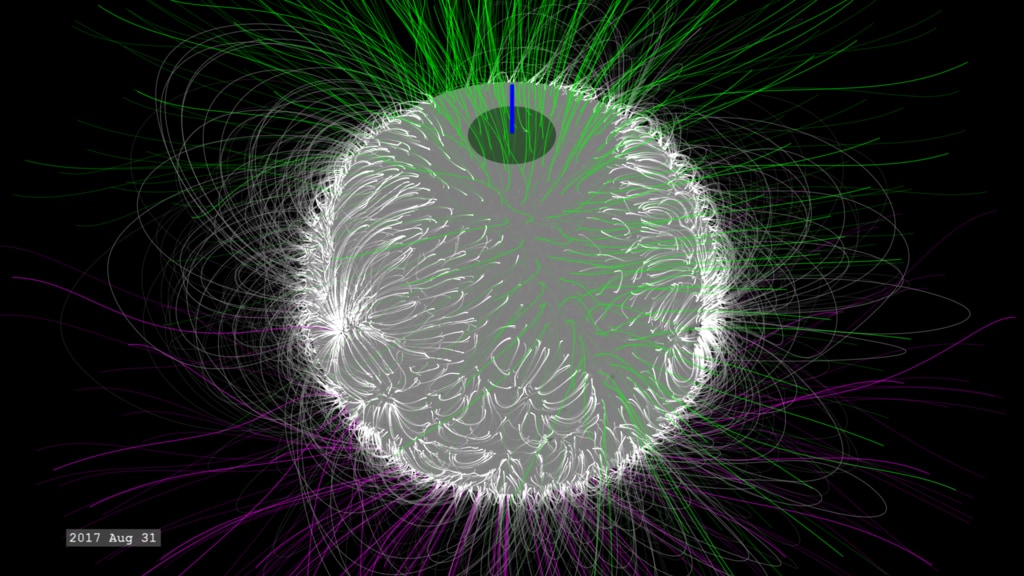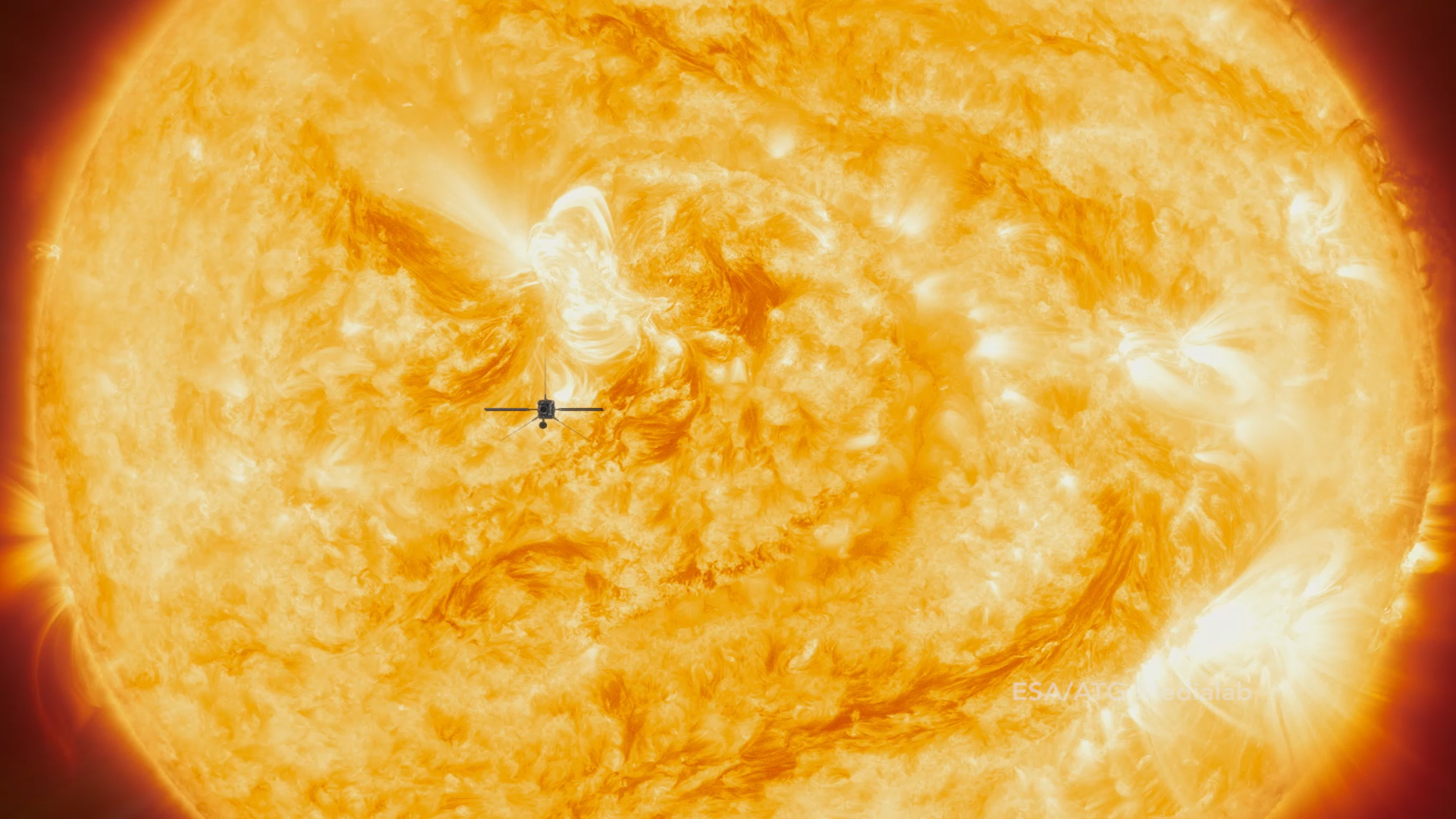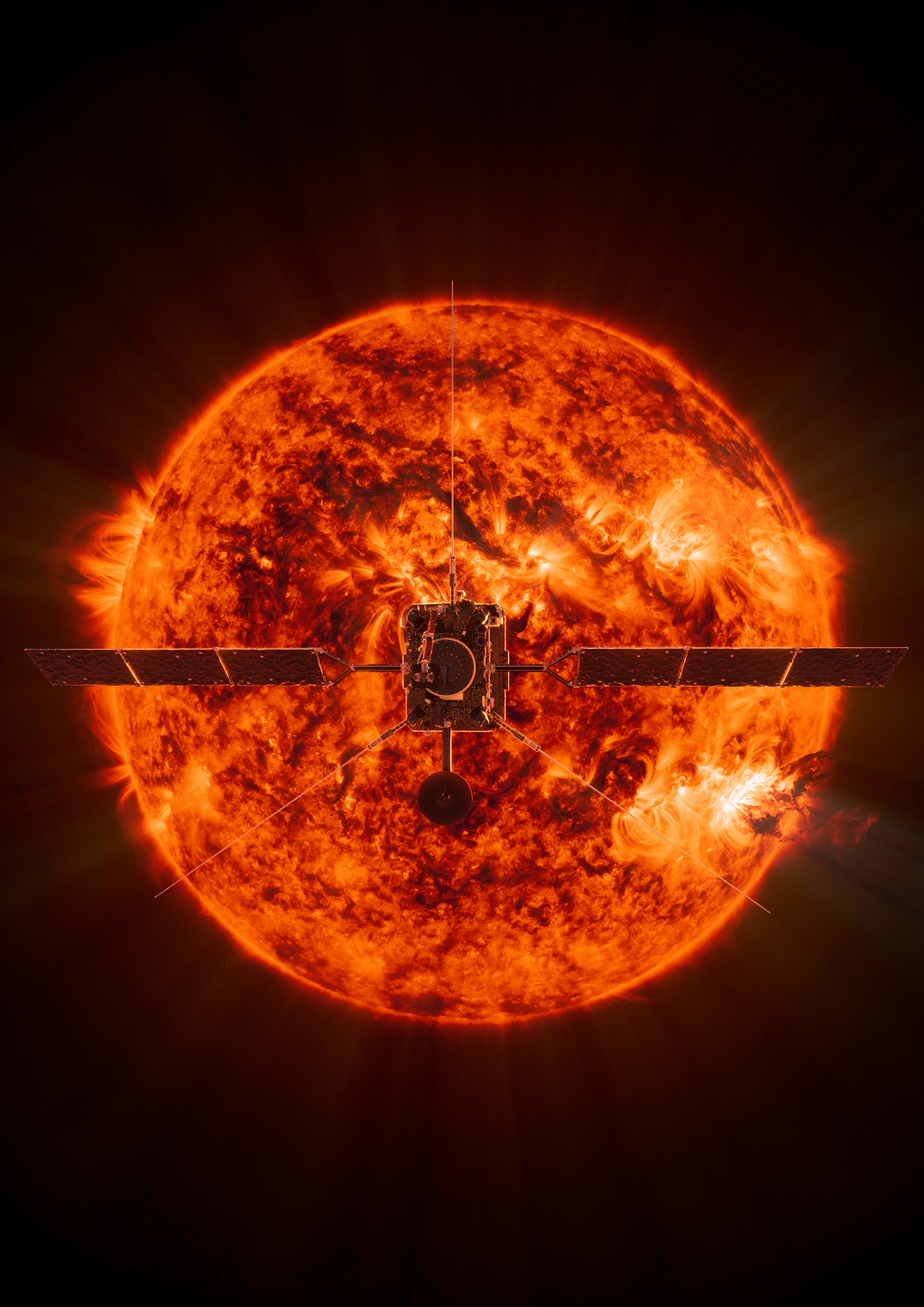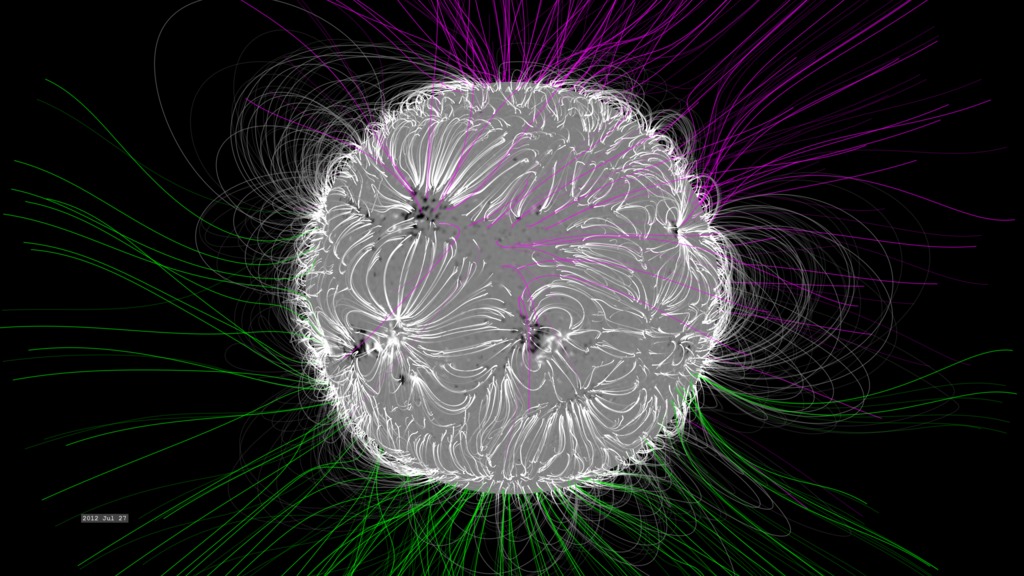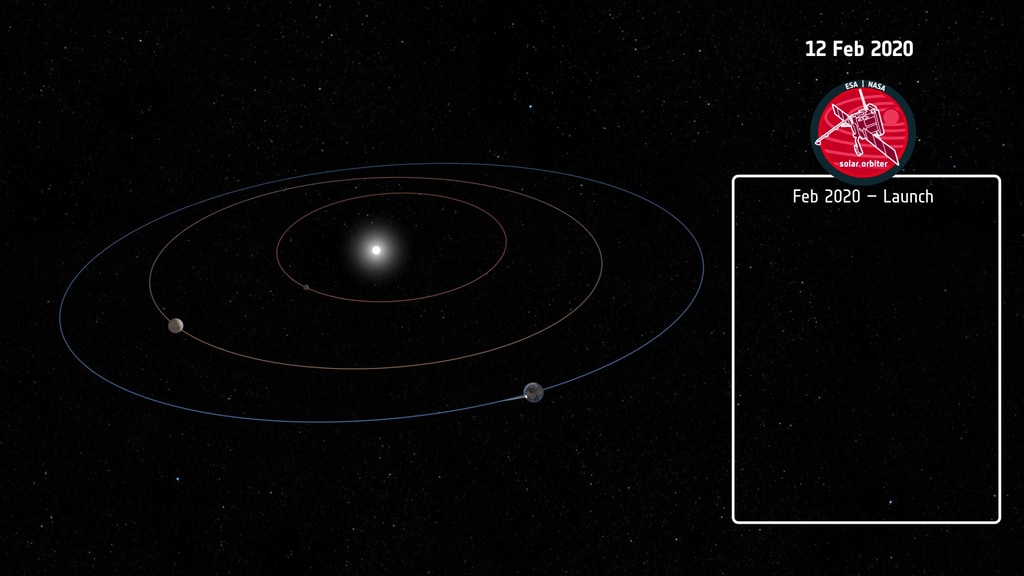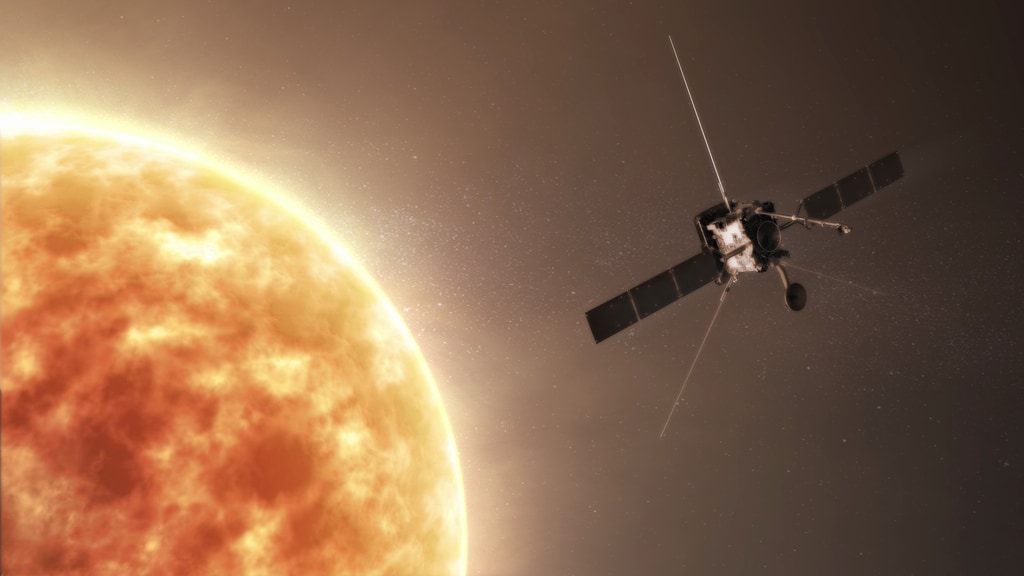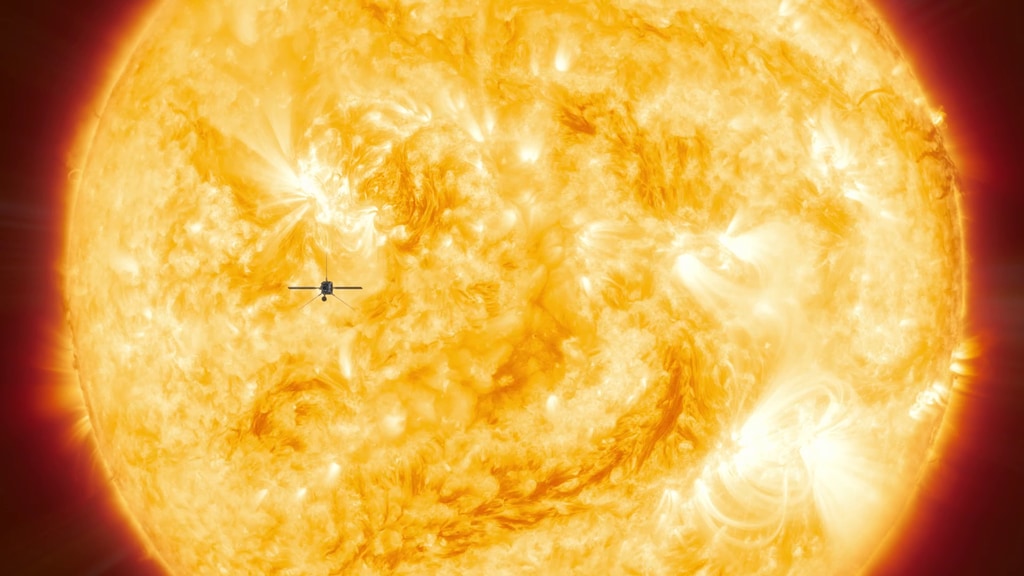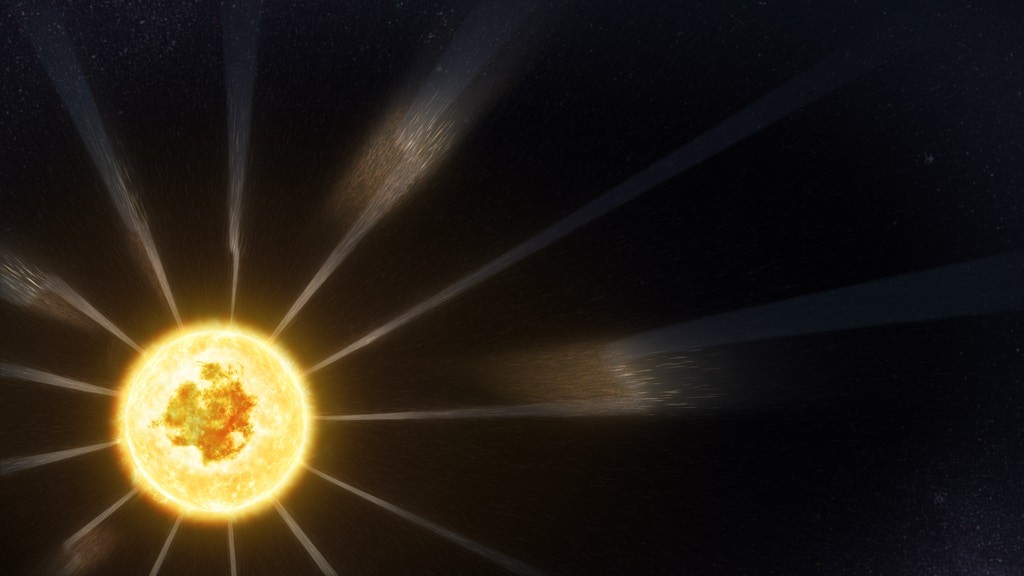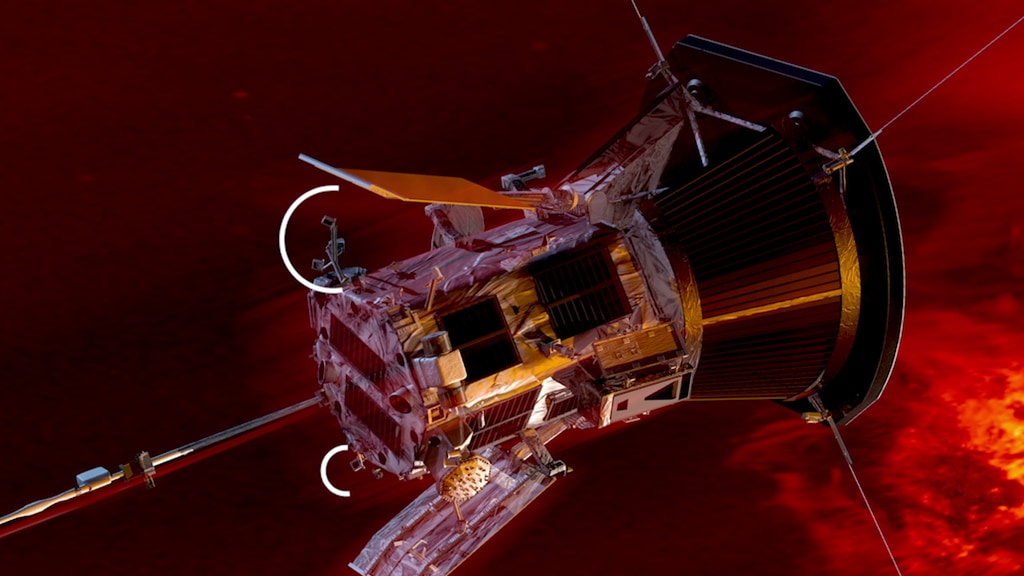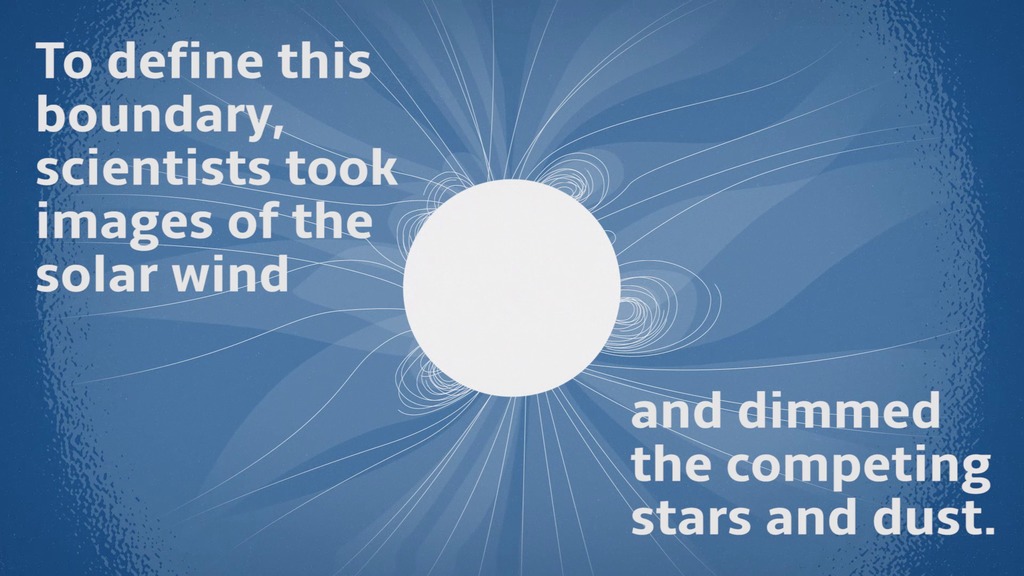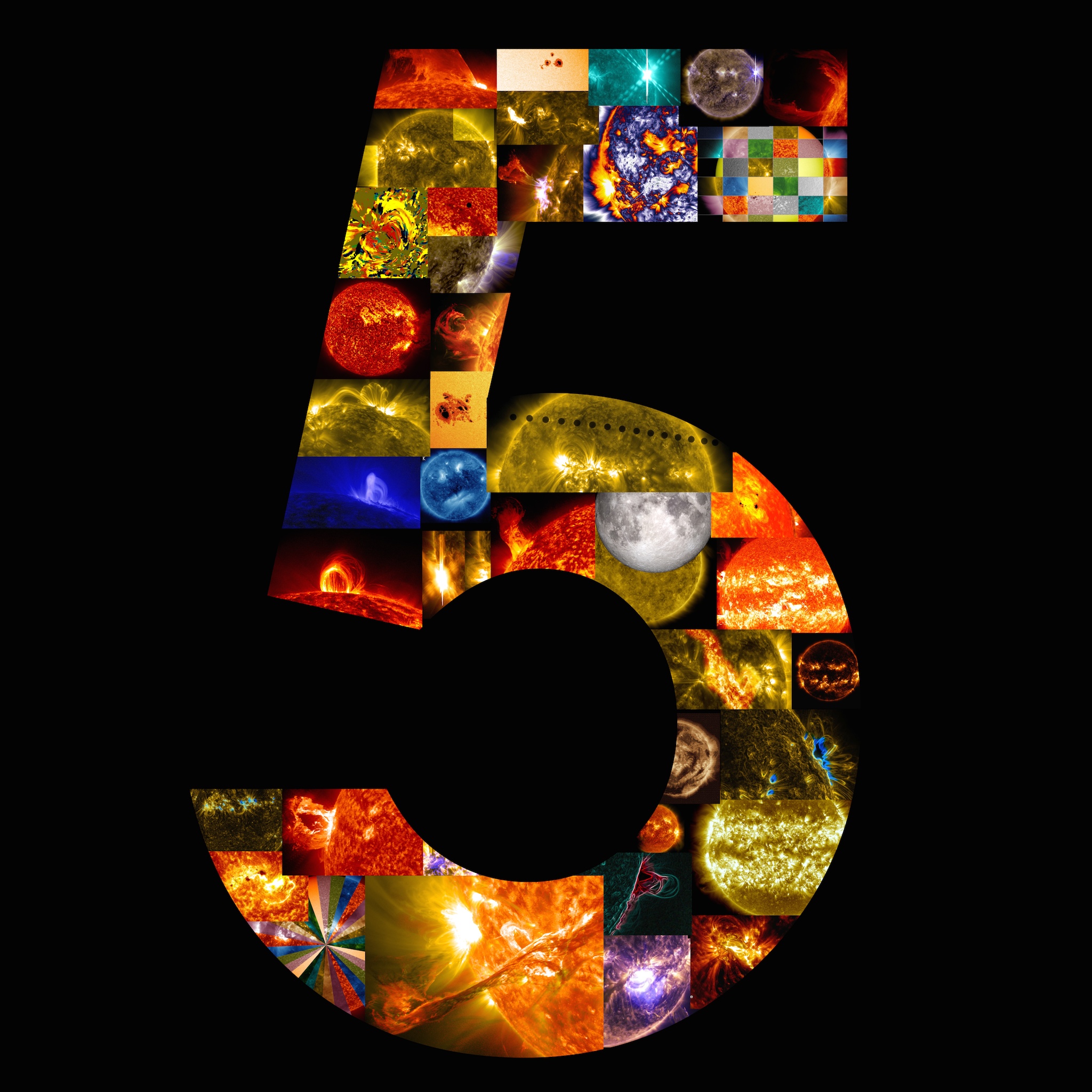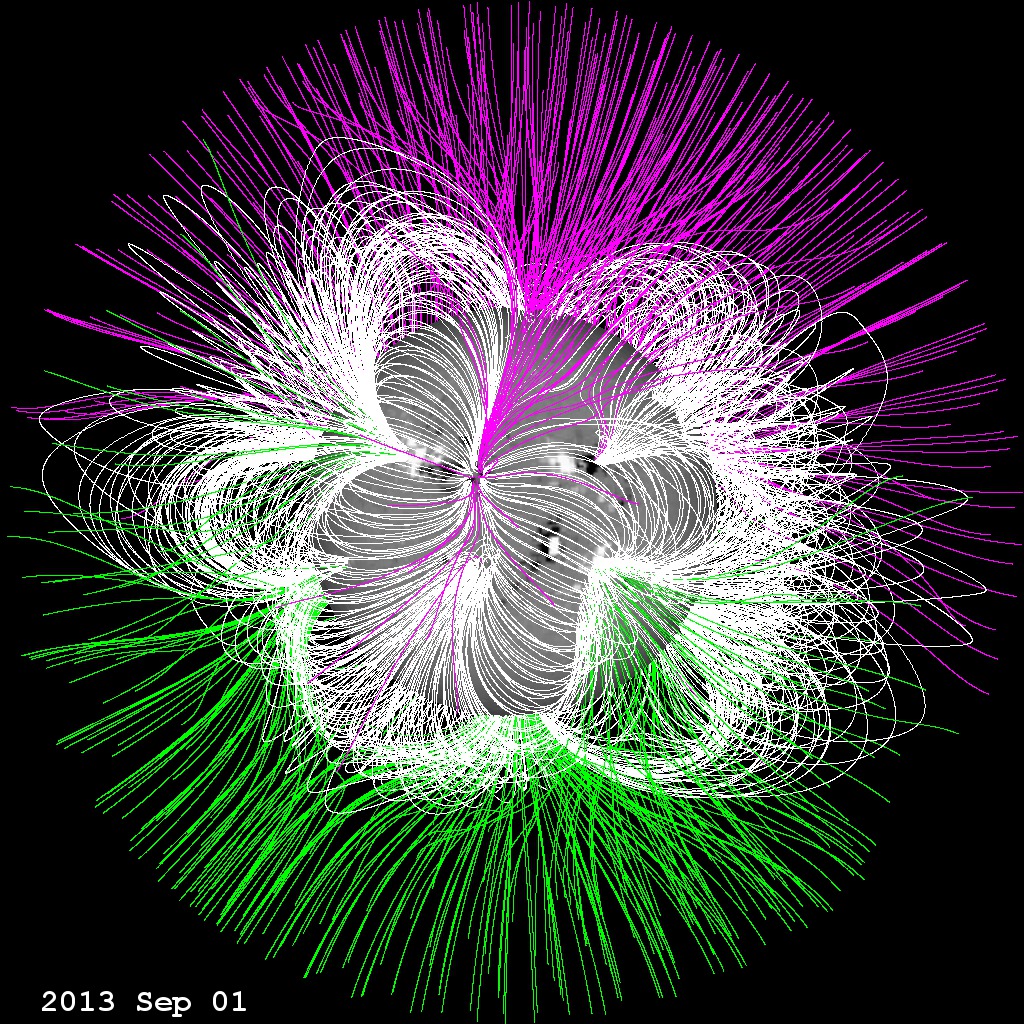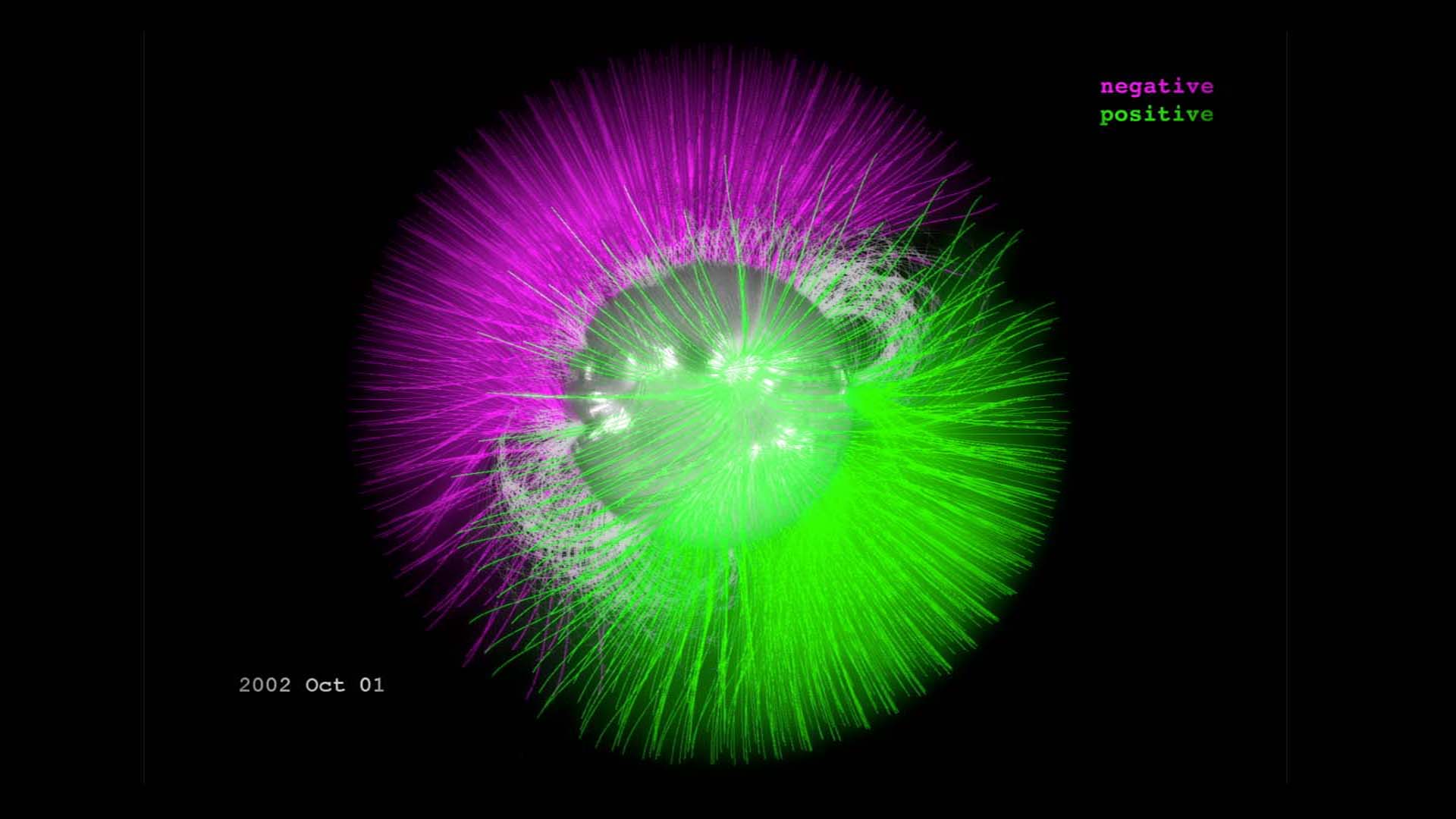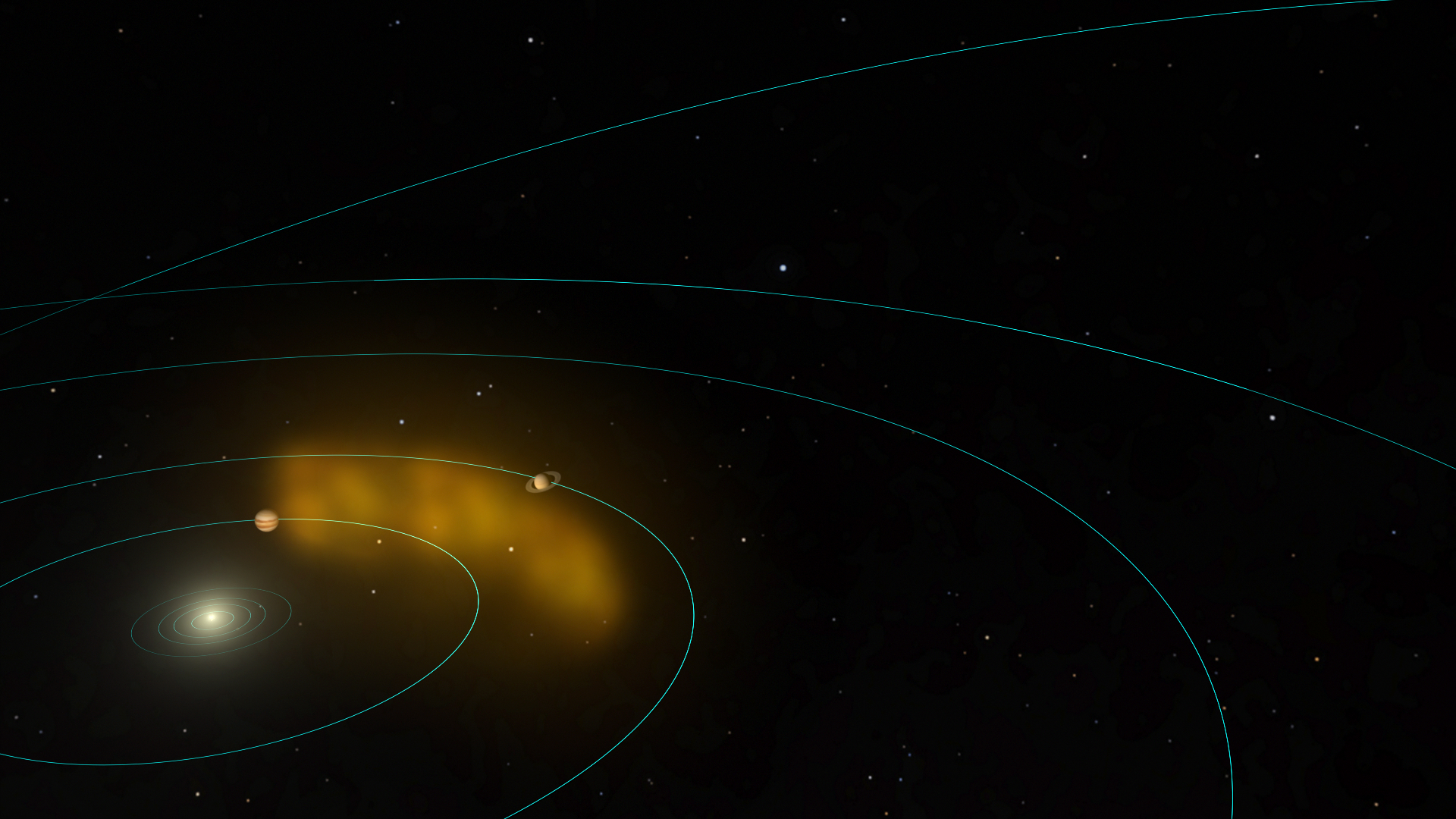New Mission Will Take First Peek at Sun’s Poles
A new spacecraft is journeying to the Sun to snap the first pictures of the Sun’s north and south poles. Solar Orbiter, a collaboration between ESA (the European Space Agency) and NASA will have its first opportunity to launch from Cape Canaveral on Feb. 7, 2020, at 11:15 p.m. EST. Launching on a United Launch Alliance Atlas V rocket, the spacecraft will use Venus’ and Earth’s gravity to swing itself out of the ecliptic plane — the swath of space, roughly aligned with the Sun’s equator, where all planets orbit. From there, Solar Orbiter's bird’s eye view will give it the first-ever look at the Sun's poles.
Read more: https://www.nasa.gov/feature/goddard/2020/new-mission-will-take-first-peek-at-sun-s-poles
Video
Watch this video on the NASA Goddard YouTube channel.
Music credits: “Oxide” and “Virtual Tidings” by Andrew Michael Britton [PRS], David Stephen Goldsmith [PRS]; “Progressive Practice” by Emmanuel David Lipszc [SACEM], Franck Lascombes [SACEM], Sebastien Lipszyc [SACEM]; “Political Spectrum” by Laurent Dury [SACEM} from Universal Production Music
Complete transcript available.

Still Image
Credit: NASA/CiLab
Credits
Please give credit for this item to:
NASA's Goddard Space Flight Center
-
Scientists
- Daniel Mueller (ESA)
- Holly Gilbert (NASA/GSFC)
- Teresa Nieves-Chinchilla (Catholic University of America)
- Chris St. Cyr (NASA/GSFC)
-
Producer
- Joy Ng (USRA)
-
Data visualizer
- Tom Bridgman (Global Science and Technology, Inc.)
-
Animators
- Adriana Manrique Gutierrez (USRA)
- Chris Smith (USRA)
- Joy Ng (USRA)
- Lisa Poje (USRA)
- Krystofer Kim (USRA)
- Brian Monroe (USRA)
-
Writer
- Miles S. Hatfield (Telophase)
-
Videographers
- John Caldwell (Advocates in Manpower Management, Inc.)
- Rob Andreoli (Advocates in Manpower Management, Inc.)
Missions
This page is related to the following missions:Series
This page can be found in the following series:Release date
This page was originally published on Monday, January 27, 2020.
This page was last updated on Wednesday, May 3, 2023 at 1:45 PM EDT.
